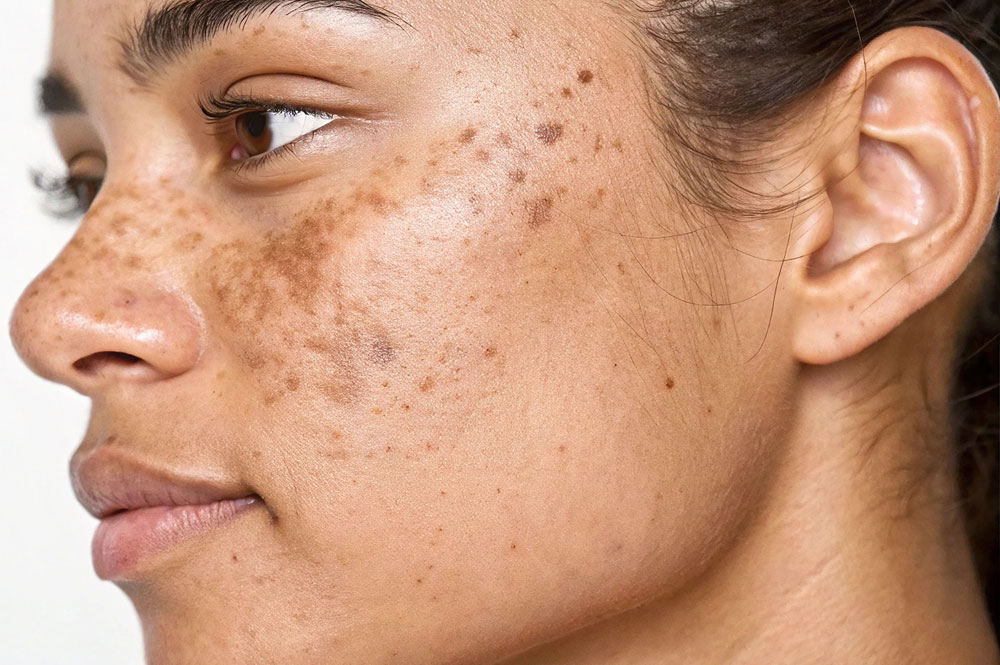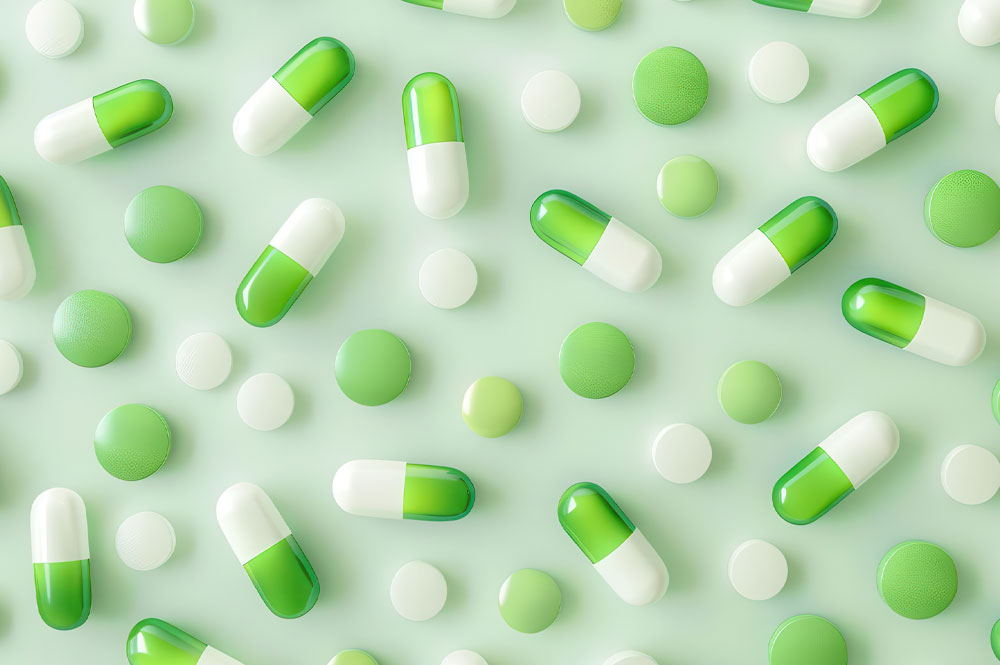
OCTOBER 2025 MONTHLY BLOG
By Tatiana Morales
Our skin is more than just a surface—it’s a storyteller. Often, it reveals what’s happening inside the body, and sometimes, medicines are part of that story. From dryness to rashes, color changes, or sensitivity, here are some of the ways medications can leave their mark.
Have you ever taken an antibiotic, gone outside for a quick walk, and ended up with a sunburn you didn’t expect? Some medicines—like certain antibiotics, water pills, acne retinoids, or heart drugs—make the skin extra sensitive to the sun. Even a little exposure can cause redness, rashes, or burning. Protect yourself with shade, hats, and sunscreen.
Strong acne treatments, like isotretinoin, can work wonders for breakouts but often come with side effects. Chapped lips, peeling skin, and eye dryness are common. The good news? With gentle cleansers, a nourishing moisturizer, lip balm, and daily SPF, your skin can stay much more comfortable during treatment.
Steroid creams are powerful helpers for eczema or rashes. But if used for too long or at high strength, they can thin the skin. This can lead to easy bruising, stretch marks, or even acne-like bumps. Always follow your provider’s instructions and use the mildest option needed.

Sometimes, medicines can change the skin’s pigment:
Blood thinners, which protect against clots, can also make bruises appear more easily. Small cuts may bleed longer too. This doesn’t mean the medicine isn’t working—it just means your skin shows the effects more clearly. Always let your doctor know if you notice large or unusual bruises.
Sometimes the skin changes are linked to how medicines affect the inside of the body first:

These are just a few examples. Many other medicines—from heart and blood pressure drugs to chemotherapy and even common over-the-counter remedies—can affect the skin too. The key is to listen. If your skin changes after starting a new medication, note when it began, take photos, and talk to your provider.

Your skin is a storyteller. When it speaks, pay attention—it may be sharing important messages about what’s happening inside.
